Reprinted with permission from Jec Ballou
At its core, Western Dressage is no different from Classical Dressage. Many Western horsemen agree that the goals and methods for training a Western horse are the same as those used over centuries among Classical Dressage enthusiasts. The relatively new discipline of Western Dressage bridges the alleged separation that has existed between these two worlds, bringing together the strong history of horsemanship surrounding the American West and the traditions of dressage dating back to ancient times that have been carried on in institutions like the Spanish Riding School. Some say it combines the superb riding of American Cowboys with the systematic training methods of venerable European institutions.
For many, this marriage was only a matter of time. With its commitment to harmony, lightness, good horse-human connection and communication, and athleticism, Western riding is a natural blend for dressage. Western Dressage, officially branded in the United States in 2010, uses the principles of Classical Dressage to improve the balance, cadence, and carriage of a horse. Following a similar progressive training path to traditional dressage, Western Dressage builds on an individual horse’s natural abilities to carry himself and uses increasingly more difficult gymnastic exercises to improve from there. Some of the on-going goals include: a horse that moves with his center of gravity shifted towards the rear, greater elasticity in his muscles, responsiveness to the aids, perfection of longitudinal and lateral balance, and the ability to work with ease and grace through progressively difficult patterns and exercises.
A Western Dressage horse moving correctly on the bit should demonstrate that he stretches into the rider’s contact. He should not be shown with a draped rein. Instead, there should be LIGHT rein tone evident between horse and rider. It should appear that the horse is seeking a feel of the rider’s hands. While doing this, it should appear that his neck is arching and stretching forward from his body or that he “looks through” the bridle. Riding strong visible rein cues, constantly bumping the bit, or causing a horse to gape his mouth are considered serious faults. Special emphasis is given to a quiet mouth with head carriage that reflects the degree of collection and an appropriate balance for each individual horse. Head and neck carriage are the result of the Western Dressage horse learning to carry the rest of his body in balance. Riders must not take short-cuts to create a head set prior to the horse learning to use his body properly. Riding either one or two-handed is permitted, as is using snaffle or curb. Riders choose the best option for themselves and their mounts.
The gaits for Western Dressage parallel those of traditional dressage, allowing for the fact that Western Dressage is suited for a different conformation and type of horse, generally speaking. The discipline grew out of a sequential and fine-tuned method of improving and showing off the movement and athletic feats of a stock horse and remains best suited to those kinds of horses that might lack the suspension, extended leg movement, or overall animation and size that would lead them to excel in traditional dressage.
The Western Dressage horse should move with impulsion, a forward-thinking attitude, engagement, and looseness. He should be highly maneuverable and his stride quickly adjustable. While his stride length in walk, jog, and lope is not expected to be as extravagant nor ground-covering as what is commonly seen in today’s modern dressage arenas, his gaits should demonstrate a good swinging stride length respective to his type. A clear difference is drawn between today’s Western Pleasure type of competitions and the movement expected in Western Dressage. The latter expects a more forward-moving horse. Emphasis is not placed on a high level of suspension in the gaits, nor is a very slow-moving and dull gait rewarded.
For competitions, western attire and equipment is required. However, for everyday schooling, riders are encouraged to ride in the equipment and gear of their choosing that allows them to achieve their goals. Many modern stock type or all-purpose saddles are suitable. A close contact saddle is generally best for enabling the rider to communicate closely and clearly with subtle leg cues. Therefore, saddles with bulky fenders or large rigging systems for the cinch will pose challenges for riders. For up to date rules about equipment, visit the Western Dressage Association of America at www.westerndressageassociation.org.
2 Copyright © 2012 – Jec Aristotle Ballou | www.jecballou.com – All Rights Reserved. No part of this document, either text or image may be used for any purpose other than personal use.
